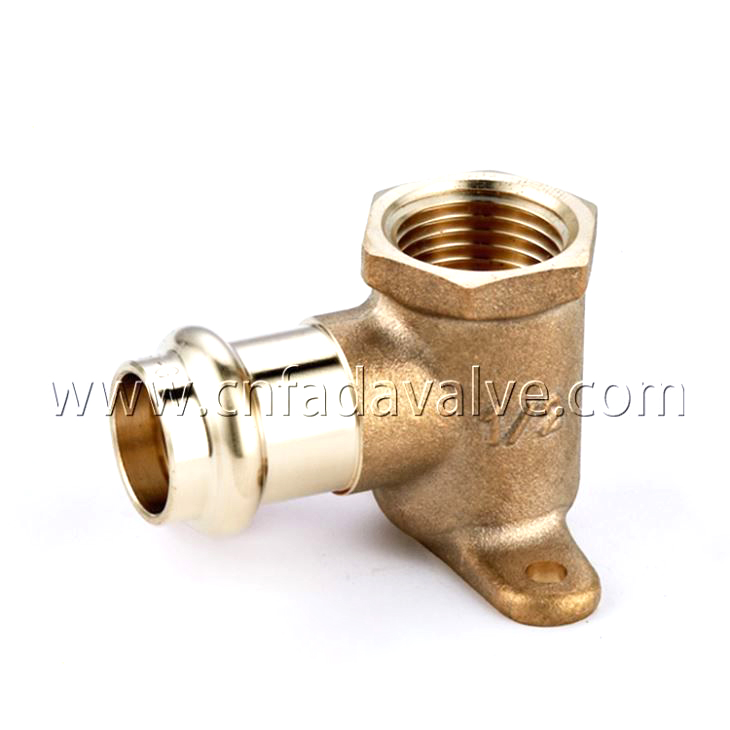1. Key Features of a Press Fit Bronze Tee

A. Durable Bronze Construction
The press fit bronze tee is made from bronze, an alloy primarily composed of copper and tin. This composition gives the fitting excellent resistance to corrosion and wear. Bronze is also known for withstanding temperature fluctuations and pressure, which makes it suitable for demanding applications such as heating, cooling, and potable water systems.
B. Press Fit Technology
One of the main features of this fitting is the press fit connection method. Instead of relying on welding, soldering, or threading, a pressing tool is used to mechanically seal the pipe into the tee. This process compresses sealing elements—often O-rings—inside the fitting, creating a watertight and airtight joint. The method is designed to save time and reduce the risks associated with open flames or complex joining techniques.
C. Three-Way Connection
The tee shape allows one pipe to split into two, or two pipes to merge into one. This feature makes it useful for branching pipelines or redirecting flow. Whether used in domestic plumbing or industrial systems, the tee provides flexibility in layout design.
D. Leak Resistance
When properly installed, press fit connections are highly reliable. The combination of mechanical force and sealing rings ensures a secure joint that minimizes the likelihood of leaks. This feature is particularly valuable in systems where water or gas containment is critical.
E. Compatibility with Different Systems
Press fit bronze tees can be integrated into various types of systems, including potable water distribution, central heating, cooling networks, and certain industrial applications. Their material strength and adaptability make them versatile across both residential and commercial projects.
2. Limitations of a Press Fit Bronze Tee
A. Permanent Connection
Once installed, a press fit bronze tee creates a permanent joint. While this ensures reliability, it also means that adjustments or disassembly usually require cutting the pipe. This can add complexity if system modifications or repairs are needed later.
B. Dependence on Specialized Tools
Installation requires a pressing tool designed specifically for press fit fittings. While this tool increases accuracy and speed, it also represents an additional cost and dependency. Without access to the tool, the fitting cannot be installed or serviced properly.
C. Weight Compared to Alternatives
Bronze, while strong, is heavier than plastic alternatives such as PVC or PEX fittings. For some applications where lightweight components are preferable, a press fit bronze tee may not be the efficient choice.
D. Limited Flexibility for Environments
Although bronze resists corrosion and handles temperature variations well, there are some conditions—such as highly aggressive chemical environments—where alternative materials like stainless steel or specialized plastics may perform better.
E. Higher Material Cost
Compared to plastic or other non-metallic fittings, bronze fittings often come at a higher initial cost. While the expense is balanced by longevity and reliability, budget-sensitive projects may consider alternatives for less demanding applications.
3. Balancing Features and Limitations
The press fit bronze tee excels in situations where strength, durability, and leak prevention are priorities. Its press fit technology makes installation faster and safer compared to soldering or welding, while the bronze material ensures long service life. However, the need for specialized tools and the permanent nature of the connection mean it is suited for projects where long-term stability is more valuable than easy modifications.
For high-performance plumbing, heating, or cooling systems, the press fit bronze tee offers a dependable solution. On the other hand, for projects where frequent changes, lightweight components, or lower upfront costs are the main concerns, other types of fittings may be more appropriate.
 +86-576-82686004
+86-576-82686004
 allen@badavalve.com / daisy@badavalve.com
allen@badavalve.com / daisy@badavalve.com





 EN
EN
 Español
Español










